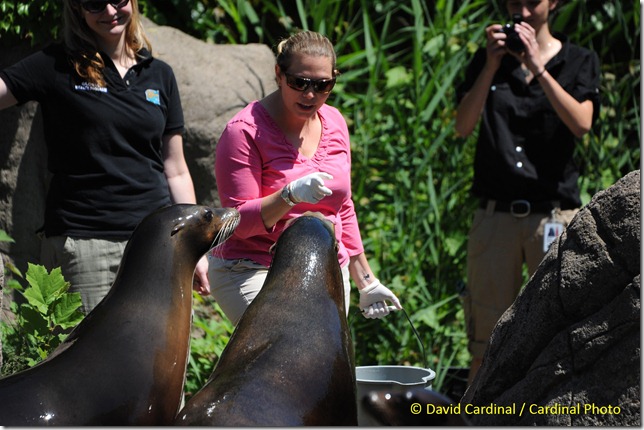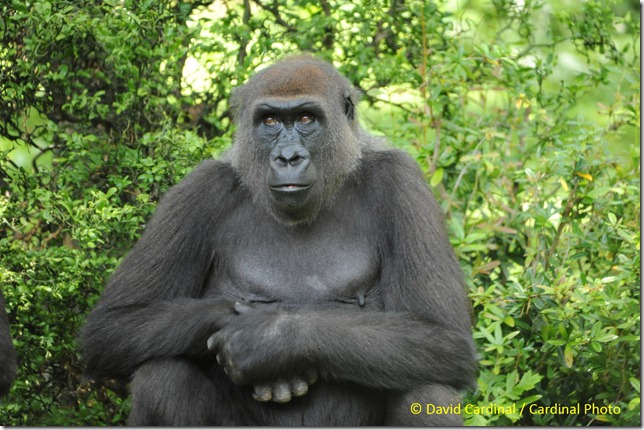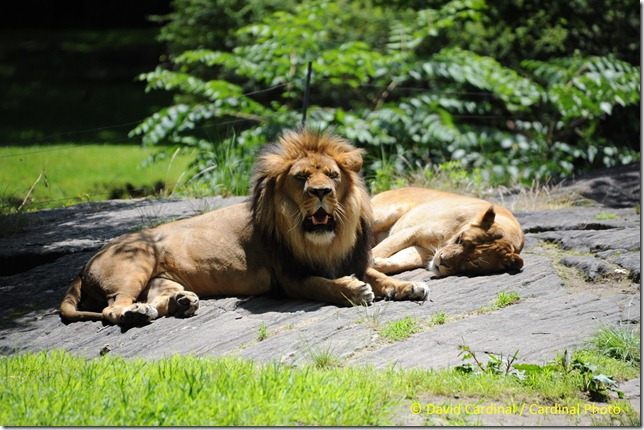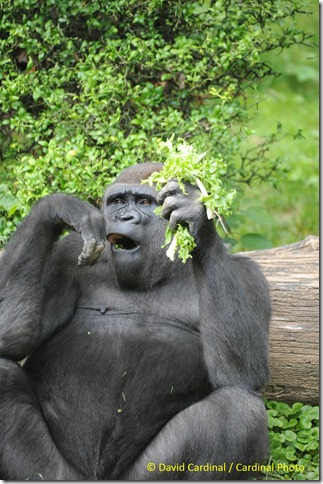- Photo Safaris
- Alaska Bears & Puffins World's best Alaskan Coastal Brown Bear photo experience. Small group size, idyllic location, deluxe lodging, and Puffins!
- Participant Guestbook & Testimonials Candid Feedback from our participants over the years from our photo safaris, tours and workshops. We don't think there is any better way to evaluate a possible trip or workshop than to find out what others thought.
- Custom Photo Tours, Safaris and Personal Instruction Over the years we've found that many of our clients & friends want to participate in one of our trips but the dates we've scheduled just don't work for them or they'd like a customized trip for their family or friends.
- Myanmar (Burma) Photo Tour Myanmar (Burma) Photo Tour December 2017 -- with Angkor Wat option
- Reviews Go hands-on
- Camera Reviews Hands-on with our favorite cameras
- Lens reviews Lenses tested
- Photo Accessories Reviews Reviews of useful Photo and Camera Accessories of interest to our readers
- Useful Tools & Gadgets Handy tools and gadgets we've found useful or essential in our work and want to share with you.
- What's In My Camera Bag The gear David Cardinal shoots with in the field and recommends, including bags and tools, and why
- Articles About photography
- Getting Started Some photography basics
- Travel photography lesson 1: Learning your camera Top skills you should learn before heading off on a trip
- Choosing a Colorspace Picking the right colorspace is essential for a proper workflow. We walk you through your options.
- Understanding Dynamic Range Understanding Dynamic Range
- Landscape Photography Tips from Yosemite Landscape Photography, It's All About Contrast
- Introduction to Shooting Raw Introduction to Raw Files and Raw Conversion by Dave Ryan
- Using Curves by Mike Russell Using Curves
- Copyright Registration Made Easy Copyright Registration Made Easy
- Guide to Image Resizing A Photographers' Guide to Image Resizing
- CCD Cleaning by Moose Peterson CCD Cleaning by Moose Peterson
- Profiling Your Printer Profiling Your Printer
- White Balance by Moose Peterson White Balance -- Are You RGB Savvy by Moose Peterson
- Photo Tips and Techniques Quick tips and pro tricks and techniques to rapidly improve your photography
- News Photo industry and related news and reviews from around the Internet, including from dpreview and CNET
- Getting Started Some photography basics
- Resources On the web
- My Camera Bag--What I Shoot With and Why The photo gear, travel equipment, clothing, bags and accessories that I shoot with and use and why.
- Datacolor Experts Blog Color gurus, including our own David Cardinal
- Amazon Affiliate Purchases made through this link help support our site and cost you absolutely nothing. Give it a try!
- Forums User to user
- Think Tank Photo Bags Intelligently designed photo bags that I love & rely on!
- Rent Lenses & Cameras Borrowlenses does a great job of providing timely services at a great price.
- Travel Insurance With the high cost of trips and possibility of medical issues abroad trip insurance is a must for peace of mind for overseas trips in particular.
- Moose Peterson's Site There isn't much that Moose doesn't know about nature and wildlife photography. You can't learn from anyone better.
- Journeys Unforgettable Africa Journeys Unforgettable -- Awesome African safari organizers. Let them know we sent you!
- Agoda International discounted hotel booking through Agoda
- Cardinal Photo Products on Zazzle A fun selection of great gift products made from a few of our favorite images.
- David Tobie's Gallery Innovative & creative art from the guy who knows more about color than nearly anyone else
- Galleries Our favorite images
Sigma 50-500mm Lens: Is it the Ultimate Superzoom? Field test on B&H Photo Walk at the Zoo
Sigma 50-500mm Lens: Is it the Ultimate Superzoom? Field test on B&H Photo Walk at the Zoo
Submitted by David Cardinal on Tue, 06/12/2012 - 15:43
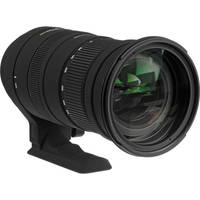 Superzooms have been the poor stepchildren of lenses nearly forever. Typically under-performing models sold to people uninterested in worrying about multiple lenses or great quality, using one was a great way to mark yourself as an amateur. So it took quite a bit of convincing – in the form of happy success stories and awesome images taken by my clients on various safaris with the Sigma 50-500mm f/4.5-6.3 DG OS HSM APO Lens – for me to decide to shoot with this latest entry in the “all-in-one” superzoom category. I’m glad I did….
Superzooms have been the poor stepchildren of lenses nearly forever. Typically under-performing models sold to people uninterested in worrying about multiple lenses or great quality, using one was a great way to mark yourself as an amateur. So it took quite a bit of convincing – in the form of happy success stories and awesome images taken by my clients on various safaris with the Sigma 50-500mm f/4.5-6.3 DG OS HSM APO Lens – for me to decide to shoot with this latest entry in the “all-in-one” superzoom category. I’m glad I did….
The minute you pull the Sigma 50-500 out of the box you know it isn’t a typical under-powered superzoom. Weighing in at just over 4 pounds, it is no lightweight. It feels sturdy, and professional. Nikon shooters will need to get used to the “backwards” direction of the zoom ring, but other than that quibble, I had no issues at all with the build or mechanical design. There was plenty of room for a lens plate, and to use the lens with the color on a sidekick or gimbaled mount. The lens collar is also removable, always a nice touch for times like our zoo photo walk where I was shooting hand held.
Like all but the most massive pro zooms, the Sigma 50-500 does extend as it zooms, although there is a convenient lock switch to avoid “creep” while carrying your camera at your side with the lens down. The lens is full-featured, with integrated ultrasonic motors (HSM, similar to Canon’s USM and Nikon’s AF-S) for fast and quiet focusing, optical image stabilization (OS, similar to Canon’s IS and Nikon’s VR), and pro-quality (APO) glass. It works on both cropped and full-frame sensors, so it was no trouble at all to use with my Nikon D700.
The biggest reason I wanted to spend some time with this lens was to see if I could recommend it to participants on my wildlife safaris. Many folks either don’t have the budget or the interest level to justify the mega-investment required to get a Nikon 200-400mm f/4 or a Canon or Nikon 300mm f/2.8 or 500mm f/4, all of which are typical working pro lenses – but all of which cost $5K and up. And neither the Nikon 80-400mm or Canon 100-400mm is a current design and both are quite slow.
I’ve been suggesting either the Sigma 120-400mm lens or Sigma 150-500mm lens , which have worked out quite well. [Here I’ll say for the zillionth time that yes, I know they are not quite as sharp or as fast as the Nikon 200-400mm f/4 lens or the Canon 300mm f/2.8 lens, but those lenses cost nearly 10 times as much and weigh more!] The Sigmas are both fairly easy to hand hold, do okay on focus speed, and are really quite sharp given the price and zoom range. However, for Africa in particular where folks aren’t too keen on switching lenses in dusty situations, and might be willing to bump up their budget a little, the Sigma 50-500 sounded quite appealing. It could likely stay on the camera nearly all the time, perhaps coupled with a small prime wide-angle like a 24mm for group shots or scenics. And it promised superior image quality and stabilization.
After shooting with the lens for a day at the zoo, I was definitely not disappointed. It was a fraction of the weight of my 200-400, much easier to hand hold, and took excellent images all the way from 50mm to 500mm. You can see from the whiskers on this Sea Lion that the lens resolved down to the pixel even at 500mm in contrasty conditions. I’m sure massive resolution like that on the D800 would start to show some variance between this lens and a high-end prime lens or more expensive zoom like the Sigma 120-300mm f/2.8 lens or Nikon 200-400mm f/4 lens, but that goes back to the tradeoffs. The Sigma 50-500 is priced at $1659 at B&H, while the Sigma 120-300mm f/2.8 lens is double the price and the Nikon is nearly $7K.
How much do you need a single lens?
Whether the Sigma 50-500 is right for you has a lot to do with how much you dislike changing lenses. If you’re planning any type of photo trip that includes birds or animals and you don’t want to change lenses, you will not do any better than the Sigma 50-500. However, the penalty you pay is having a relatively large lens on your camera all the time. If you’re okay with switching lenses, you could cover the same range with the Sigma 150-500mm lens for your telephoto shooting and a general purpose zoom like the Nikon or Canon 18-200mm lens or Sigma 18-250mm lens or Tamron 18-270mm lens if you have a small sensor model or one of the Nikon 24-120mm lenses or equivalent Canon zoom if you have a full-frame sensor model.
Event Notes:
I’m behind on writing a proper post on the B&H event itself, but it was an incredible blast. Thanks to Deborah Gilbert, David Brommer, Chris Gampat, Elizabeth Bridenstine, Lauren Mayerhoff, and Kelly Mena for doing all the hard work. Debbie and David for arranging, and all the other Mavens for helping shepherd the nearly 120 participants around the Zoo. And thanks to Felicia Hamerman, Jim Large and Judy Hamilton of the Wildlife Conservation Society for helping facilitate Lorrie’s and my scouting trip.
Especially thanks to all the participants to made the trip up and joined us for the event, despite an iffy weather forecast. As the day dawned, it turned out that the weather was perfect – not too warm or windy, with plenty of sun.
Everyone had lots of photo opportunities, and we did our best to provide as much 1:1 instruction as possible, in addition to lots of tips for the group about wildlife photography, zoo photography, and species-specific trips. We’re definitely planning on doing something similar in the future, although with a more limited group size to allow more time for personal interactions.
Photo Notes:
All photos are straight from the camera. The gorillas were photographed through the zoo’s plexiglass so it isn’t really fair to micro-analyze them, although I was pretty pleased with the results given it was dim, and the images were shot at 500mm.. The Sea Lions were outdoors and shot at 500mm on a sunny day.
- Log in to post comments

